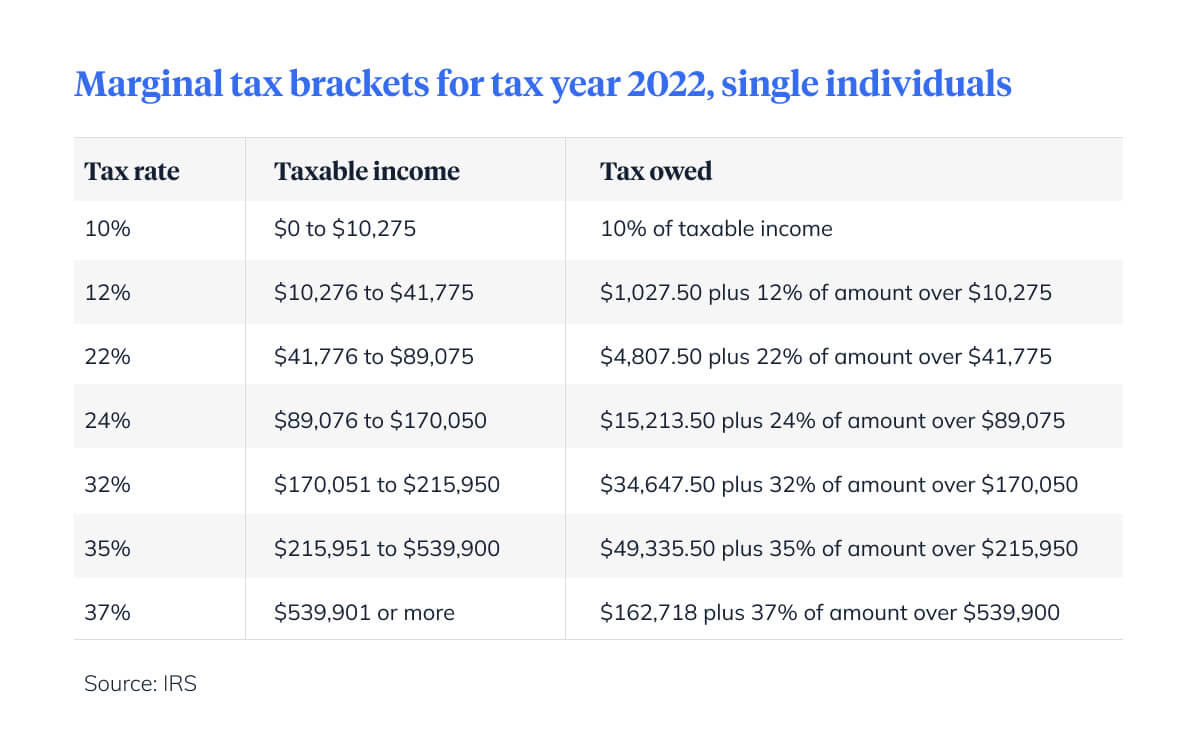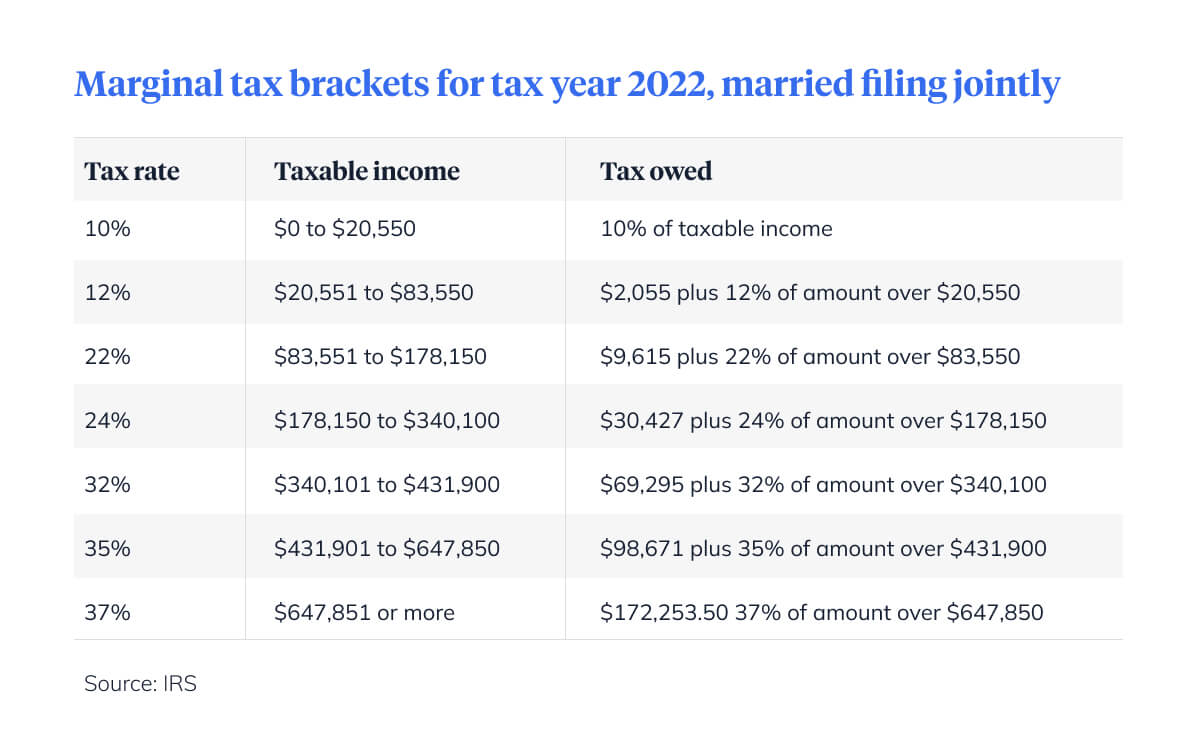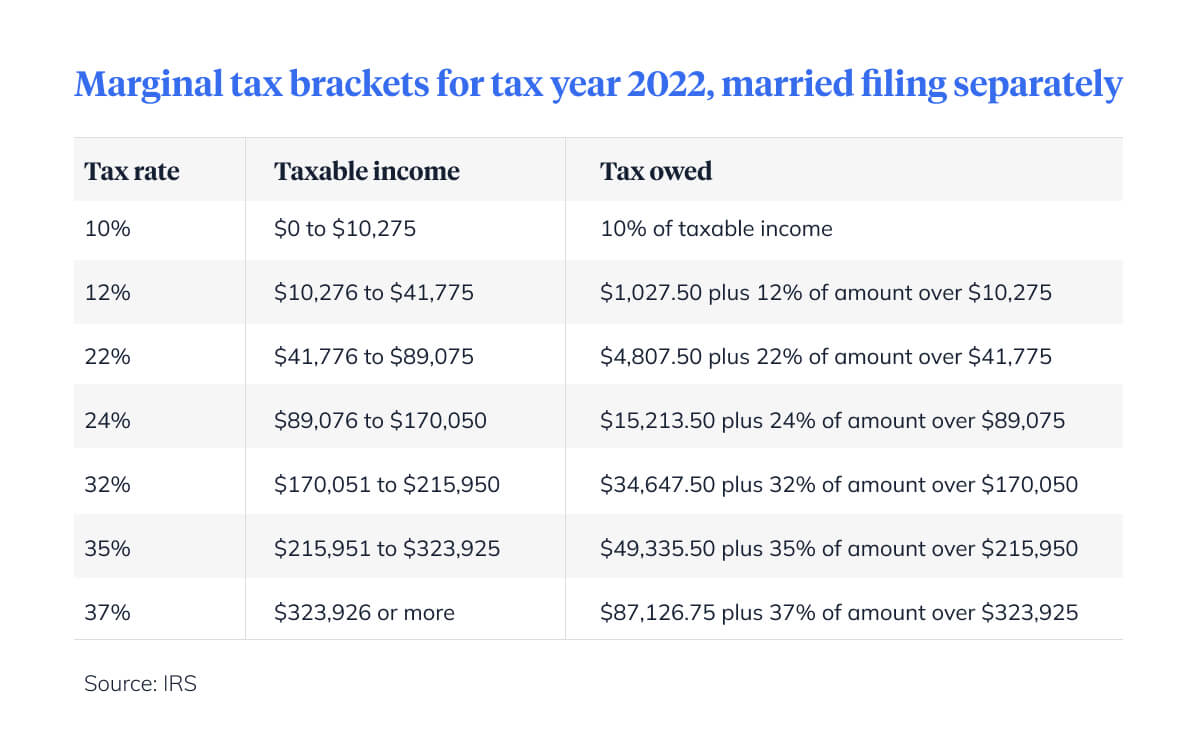Last updated February 16, 2023
To quote Benjamin Franklin, “In this world, nothing can be said to be certain, except death and taxes.”
While there is a lot of truth to this quote, there can be a lot of uncertainty if you are filing taxes for the first time after you’ve purchased a home. But fear not; we have you covered. Here’s everything you need to know as a first-time homeowner filing federal taxes.
The Basics
When filing your taxes, you have the choice to claim the standard deduction, which reduces your income by a set amount, or itemize your deductions, which consists of a list of eligible expenses. Fortunately, you’re able to pick whichever option cuts your tax bill down the most. For taxes due this year, the standard deduction increased to $13,850 for single filers, $20,800 for heads of household, and $27,700 for married couples filing jointly.
While the majority of taxpayers claim the standard deduction, and it’s generally a faster and easier route, there are some instances that make itemized deductions a better option. For example, if you paid mortgage interest and real estate taxes, made significant charity donations, had major out-of-pocket medical bills, or experienced uninsured damage from a fire, flood, or theft, itemizing might work best for you.
Finally, it’s important to note the tax bracket that you fall into. There are seven brackets — 10%, 12%, 22%, 24%, 32%, 35%, and 37%, — and yours will depend on whether you’re filing as single, married, or head-of-household. The tax brackets for the 2022 tax season are the same as they were for 2021.
If You’re a New Homeowner…
As a new homeowner, you have the opportunity to save money on home-related expenses. This means that you may be able to deduct both the property taxes and interest paid on up to $750,000 of mortgage debt from your income taxes. However, it’s important to note that if you elect to itemize these deductions, you forego the standard deduction amount.
If you do decide to go this route, start by making a checklist of what you plan to itemize. You’ll need the following documents:
- A 1098 form: Your mortgage lender is required to send you IRS Form 1098 after the end of each tax year if you paid more than $600 in mortgage interest. This form lists exactly how much mortgage interest you paid during the tax year, and you can use it to determine your deduction.
- Property tax records: You can generally deduct up to $10,000 of state and local real estate taxes from your taxable income, with the exception of government assessments for improvements to your property, such as sidewalks or sewage lines. You must be legally responsible for the tax to take the deduction.
If You Sold Your Home Within the Past Year…
You’ll be happy to know that you can generally exclude the capital gain you received from the sale of your home in 2023(up to $250,000 for single filers and $500,000 for joint filers) if you meet the following criteria:
- You must have maintained the home as your principal residence in two out of the five years prior
- You must not have claimed the capital gains exclusion for the sale of another home during the previous two years
If You’re a Business Owner…
In many cases, as a business owner, you’re eligible to deduct home office expenses. But fortunately, those aren’t the only deductions you may be eligible for. Other potential deductions include:
- Advertising and promotion
- Business insurance
- Education
- Rent expenses
- Salaries and benefits
If You Made Energy-Efficient Upgrades…
Good news! Solar panels, efficient windows, and hybrid cars are all deductible this year, so make sure you save your receipts.
Some new electric and plug-in hybrid cars are eligible for a nonrefundable $7,500 tax credit, and if you’ve added a fueling station for a green car at your primary residence, you may be able to receive 30% of the installation cost, for a maximum of $1,000.
In addition, if you’ve made select energy-efficient home improvements, like heating, air conditioning, or water heater systems, you may qualify for a credit of up to 30% of the cost of the improvement (for a max of benefit of $8,000). If you’ve installed a photovoltaic, or solar power system, in 2022, you can get a 30% tax credit. If it was installed in 2020 or 2021, that number drops to 26%. It’s important to note that you can only claim this credit once.
Owe more than you anticipated in taxes? Learn what options you have>>
You can also consider tapping into your home’s equity to pay off debts without adding another monthly bill. A Hometap Investment can give you access to up to 30% of your equity, without any monthly payments or interest. It only takes five minutes to find out if it might be a fit for you.
YOU SHOULD KNOW…
We do our best to make sure that the information in this post is as accurate as possible as of the date it is published, but things change quickly sometimes. Hometap does not endorse or monitor any linked websites. Individual situations differ, so consult your own finance, tax or legal professional to determine what makes sense for you.







